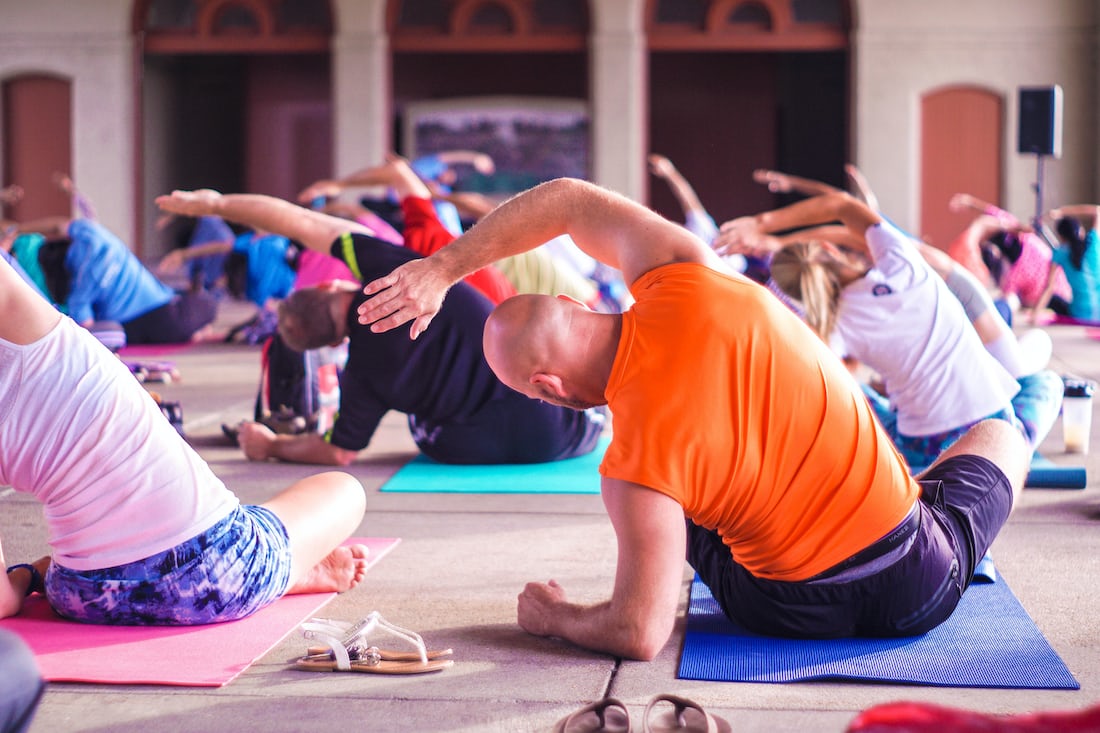Physiotherapy, also known as physical therapy, can play a vital role in helping patients recover from surgery. Physiotherapists are trained healthcare professionals who use a variety of techniques to help patients regain strength, range of motion, and function following surgery.
So, if you’re suffering after surgery, don’t wait any longer and start seeing these people as soon as possible!
Heal and recover
After surgery, the body needs time to heal and recover. Physiotherapy can help to speed up this process by reducing swelling, improving circulation, and reducing pain. Physiotherapists use techniques such as exercise, manual therapy, and electrotherapy to help patients regain strength and mobility in the affected area.
Start exercising
Exercise is one of the most important components of physiotherapy for post-surgical patients. Physiotherapists will typically develop a customized exercise program for each patient, based on their individual needs and the type of surgery they have had.
These exercises may include a range of motion exercises, strength training, and cardiovascular exercise. These exercises help to increase blood flow to the affected area, which helps to speed up healing and reduce swelling.
After completing your exercise, you may want to consider using a heat pack to help relax your muscles and reduce any soreness or stiffness.
Find the right physiotherapist
Manual therapy is another important component of physiotherapy. Physiotherapists use their hands to manipulate the soft tissue, joints, and muscles to help reduce pain and improve mobility. This can include techniques such as massage, mobilization, and manipulation.
So, once you find the right person, you should think about regular physiotherapy treatment with them and keep seeing them until you get completely better.
Check out electrotherapy as well
Electrotherapy is another tool that physiotherapists may use to help post-surgical patients. This includes the use of ultrasound, TENS (transcutaneous electrical nerve stimulation), and other modalities to help reduce pain and improve healing.
Photo by Kampus Production: https://www.pexels.com/photo/a-man-in-blue-shirt-exercising-with-supervision-6111616/
Take your time
It is also important for patients to understand that recovery from surgery is a gradual process and it is important to follow the instructions provided by the physiotherapist and surgeon. Alongside physiotherapy, patients may need to take pain medication and rest as they recover.
Learn more about these things
Another important aspect of physiotherapy for post-surgical patients is education. Physiotherapists will often educate patients on how to properly care for the affected area, including how to properly use crutches or other assistive devices, how to properly perform exercises and stretches, and how to prevent further injury or complications.
Boost your overall health
Additionally, physiotherapy can also help to improve overall physical and mental well-being. Surgery can be a stressful and challenging experience, both physically and emotionally. Physiotherapy can help to reduce stress and anxiety by helping patients regain their independence and ability to perform daily activities.
Physiotherapists may also provide relaxation techniques and other forms of psychological support to help patients cope with the challenges of recovery.
Long-term recovery
It’s important to note that physiotherapy may not only be beneficial during the immediate postoperative period but also for long-term recovery. Depending on the type and complexity of the surgery, physiotherapy may be needed for weeks, months, or even years after the surgery to achieve optimal recovery and prevent future complications.
This long-term physiotherapy can help to improve overall functional capacity, reduce the risk of chronic pain and improve the quality of life.
Physiotherapy plays a crucial role in helping patients recover from surgery. Physiotherapists use a combination of exercise, manual therapy, and electrotherapy to help patients regain strength, range of motion, and function following surgery. They also educate patients on how to properly care for the affected area, improve overall physical and mental well-being, and may be required for long-term recovery. It is important for patients to work closely with their physiotherapists and follow their instructions to ensure a successful recovery.

